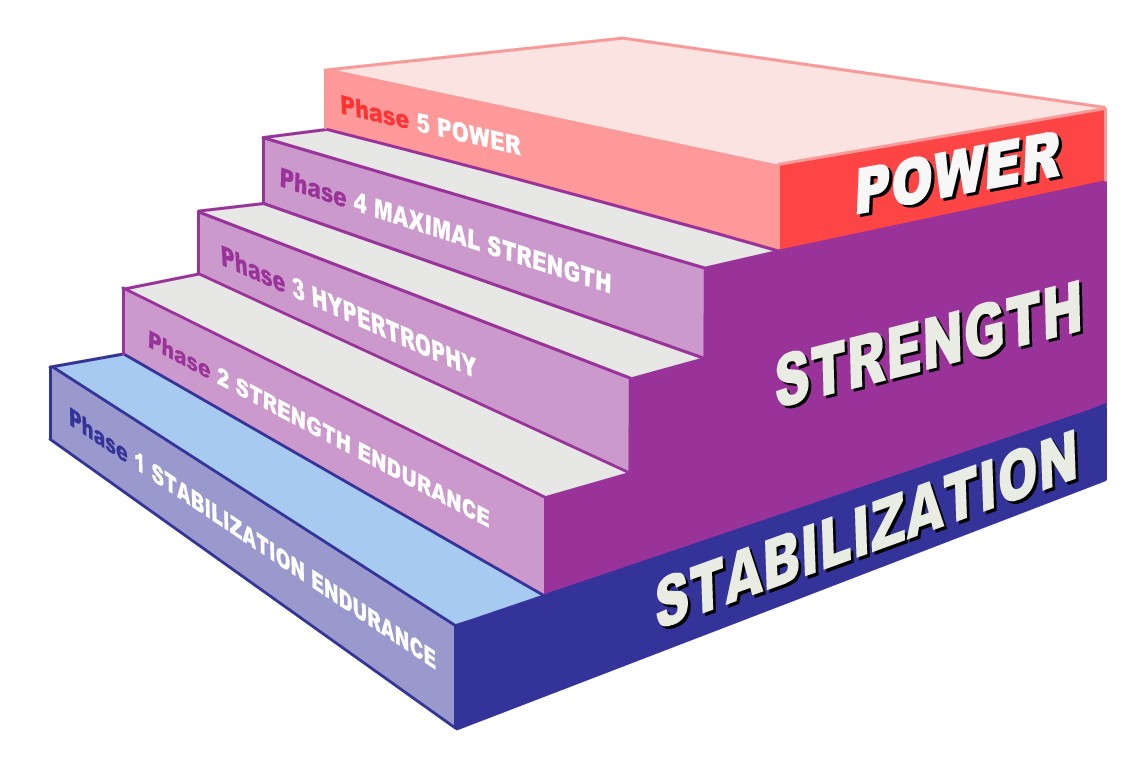
Personal weight training is important for any type of fitness. To minimize your risk of injury, you should begin with lighter weights. A personal trainer can help you learn proper lifting techniques and create a customized fitness program. Your goals and current health conditions should all be considered when creating a personal weight training program.
Once you have established a weight lifting routine, book a few sessions to work with a personal trainer. These sessions will teach you how to use the right equipment and develop your strength and endurance. To reach your goals, you will learn how to change your routine. Using a trainer will also ensure you get the results you're after and be happy with the results. Your personal trainer can help you learn the basics of weight lifting and make suggestions for changes.

Personal weightlifting is a great way to gain more knowledge. Most people don't need a personal trainer every week. However, the benefits could be well worth the cost. It will save you both time and money. Many personal trainers are also trained in nutrition and diet. You can ask them about their experience with the equipment and what they recommend. This way, you'll be sure to get the most out of your workout.
Personal trainers in the UK must be registered with Rector of Physical Education. Their qualifications must be equivalent to, or better than GCSE. The Bodybuilding Federation is the Czech Republic's main certification body for personal trainers. The certification requires that the person have a degree or diploma (in an exercise field) and EuropeActive accreditation. Iran doesn't have an official governing body for personal training, as does the United States.
There are many benefits to a personal trainer. A personal coach is focused on your goals. He or she will create a personalized plan to fit your needs. They will work with your to increase muscle mass and core strength, not to make lifestyle changes. They can provide advice on diets and help you lose weight. All these benefits are worth the cost. Personal trainers are a great investment if you want to get fit. A personal trainer will guide you every step of your journey.

Personal weight training comes with many advantages. Personal training is more motivating and will result in a more effective workout. A personal trainer can help with your training. This is important for a healthy lifestyle. A trainer will give you an advantage over a non-certified individual. They can also guide beginners in proper exercise and nutrition. These factors will help you to increase your strength, exercise intensity, and feel more accomplished.
FAQ
How can my blood pressure be controlled?
The first thing you need to do is find out what causes high blood pressure. Next, take steps that will reduce the risk. You can do this by eating less salt, losing weight, or taking medication.
Make sure you're getting enough exercise. Walking is a great alternative if you don't have the time or energy to exercise regularly.
If you're unhappy with the amount of exercise you do, you might consider joining a fitness club. It's likely that you will want to join a gym with other people who are working towards the same goals as you. You will find it easier to keep to a workout schedule if you have someone to watch you at the gym.
Is cold a sign of a weak immune response?
It's been said that there are two kinds of people in the world; those who love winter and those who hate it. But whether you love or hate it, you may find yourself wondering why you feel so lousy when it's cold out.
The reason is simple: Our bodies are made to function well in warm temperatures. Our bodies were designed to thrive in hot weather because this is where the majority of our food sources are.
Today's environment is vastly different from the one our ancestors experienced. We spend more time indoors, are exposed to extreme temperatures (cold/heat), and eat processed food rather than fresh.
This means that our bodies aren’t used to these extremes. It means that when we do go outdoors, we are often tired, sluggish or even sick.
There are ways to combat these effects though. One way is to make sure that you stay well-hydrated throughout the day. Hydration is key to keeping your body well hydrated, flushing out toxins and keeping your system healthy.
You must also ensure that you are eating healthy foods. Consuming healthy food helps maintain your body's optimal temperature. This is especially true for people who spend long hours indoors.
Consider taking a few moments each morning to meditate. Meditation is a great way to relax your body and mind. It makes it easier for you to cope with stress and illness.
What does it take to make an antibiotic work?
Antibiotics are drugs that destroy harmful bacteria. To treat bacterial infections, antibiotics are used. There are many options for antibiotics. Some can be taken orally, others are injected and some are applied topically.
Many people who have been exposed can be prescribed antibiotics. An oral antibiotic might be prescribed to someone who has been exposed to chicken pox. This will prevent the spread of shingles. Penicillin might also be administered to someone with strep throat. This will help prevent the possibility of developing pneumonia.
Children should not be given antibiotics without the consent of a doctor. Children are at greater risk of developing side effects from antibiotics than adults.
Diarrhea is the most common side effect from antibiotics. Side effects of antibiotics include diarrhea, stomach cramps and nausea. These symptoms generally disappear once the treatment has finished.
Statistics
- The Dietary Guidelines for Americans recommend keeping added sugar intake below 10% of your daily calorie intake, while the World Health Organization recommends slashing added sugars to 5% or less of your daily calories for optimal health (59Trusted (healthline.com)
- WHO recommends reducing saturated fats to less than 10% of total energy intake; reducing trans-fats to less than 1% of total energy intake; and replacing both saturated fats and trans-fats to unsaturated fats. (who.int)
- WHO recommends consuming less than 5% of total energy intake for additional health benefits. (who.int)
- According to the 2020 Dietary Guidelines for Americans, a balanced diet high in fruits and vegetables, lean protein, low-fat dairy and whole grains is needed for optimal energy. (mayoclinichealthsystem.org)
External Links
How To
What does the term "vitamins" mean?
Vitamins are organic compounds that can be found in foods. Vitamins allow us to absorb nutrients from food. Vitamins cannot be produced by the body. They must be acquired from food.
There are two types of vitamins: water soluble and fat soluble. Water-soluble vitamins dissolve in water easily. You can find vitamin C,B1 or thiamine, B2 or riboflavin and B3 or niacin, B3/niacin, B6/pyridoxine, folic Acid, biotin and pantothenic Acid as examples. The liver and fat soluble vitamins are stored within the liver and in fatty tissue. You can find vitamin D, E K, A, beta carotene, and other fat-soluble vitamins.
Vitamins are classified according their biological activity. There are eight major vitamin groups:
-
A - Vital for normal growth and maintaining good health.
-
C - essential for nerve function and energy generation.
-
D - essential for healthy bones, teeth, and gums.
-
E - Required for good vision & reproduction
-
K - Required for healthy nerves and muscles.
-
P - essential for strong bones, teeth and tendons
-
Q - Aids digestion and iron absorption
-
R – Required for the formation of red blood vessels.
The recommended daily allowance (RDA), for vitamins, varies depending upon age, gender, or physical condition. RDA values are set by the U.S. Food and Drug Administration (FDA).
For adults over 19 years, the RDA is 400 mg per day for vitamin A. Pregnant mothers need 600 micrograms per days because it is vital for the development and growth of their baby. Children ages 1-8 require 900 micrograms per day. Children under 1 year old require 700 micrograms daily, while infants over one year old need 500 micrograms every day. This decreases between 9 and 12 months.
Children aged 1-18 years need 800 micrograms daily, while children overweight require 1000 micrograms per days. Children who are severely obese or underweight will need 1200 micrograms each day.
2200 mg of vitamin A per day is required for children aged 4-8 who have been diagnosed by anemia.
2000 micrograms are required daily for good health in adults over 50. Because of their higher nutrient needs, women who are pregnant or nursing need 3000 mg per day.
1500 micrograms are required daily by adults over 70 because they lose approximately 10% of their muscle each decade.
Women who are pregnant or lactating need more than the RDA. Pregnant and breastfeeding women require 4000 micrograms each day during pregnancy and 2500 Micrograms each day after delivery. Breastfeeding mothers need 5000 mg per day when breastmilk is being produced.